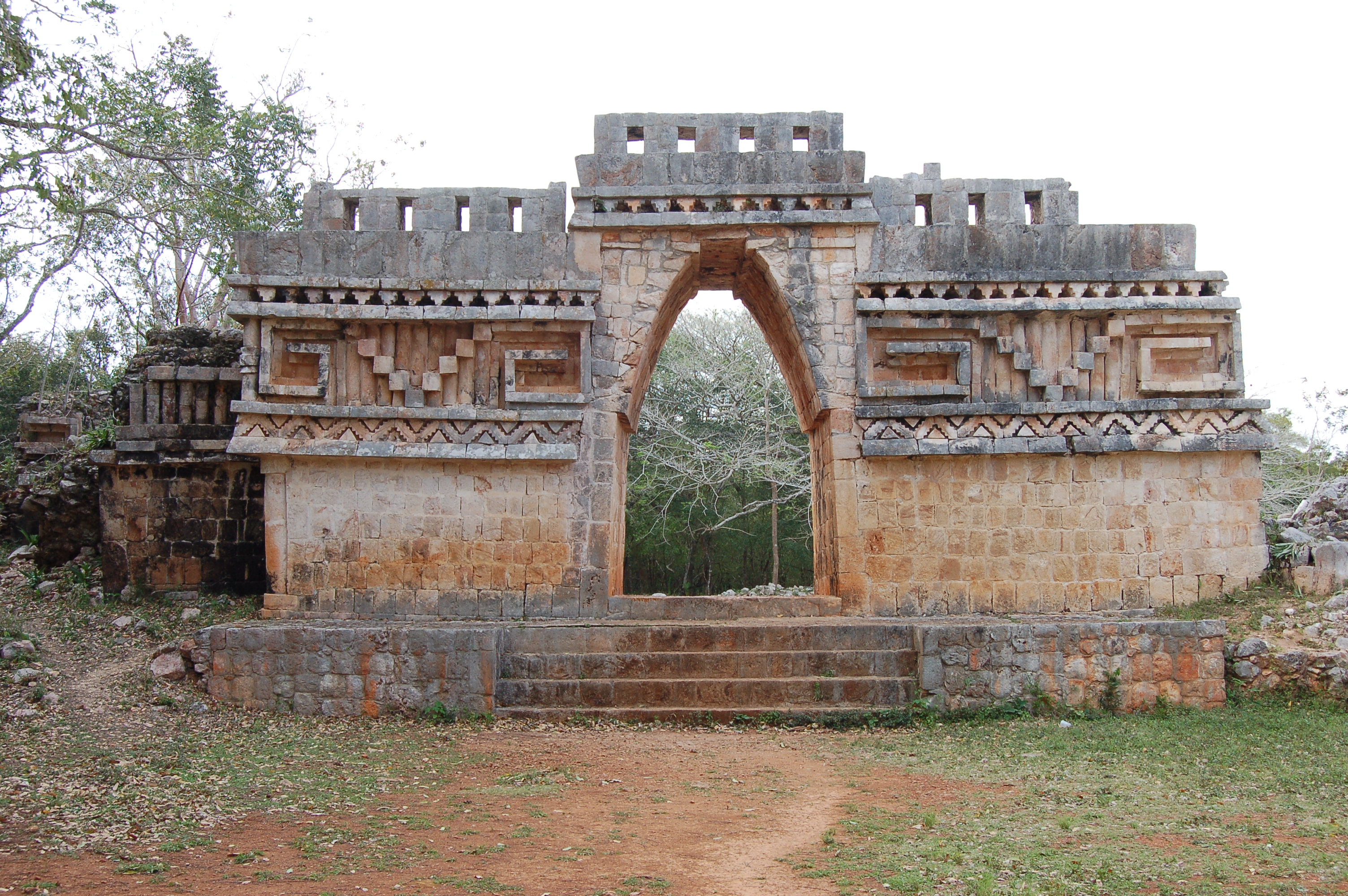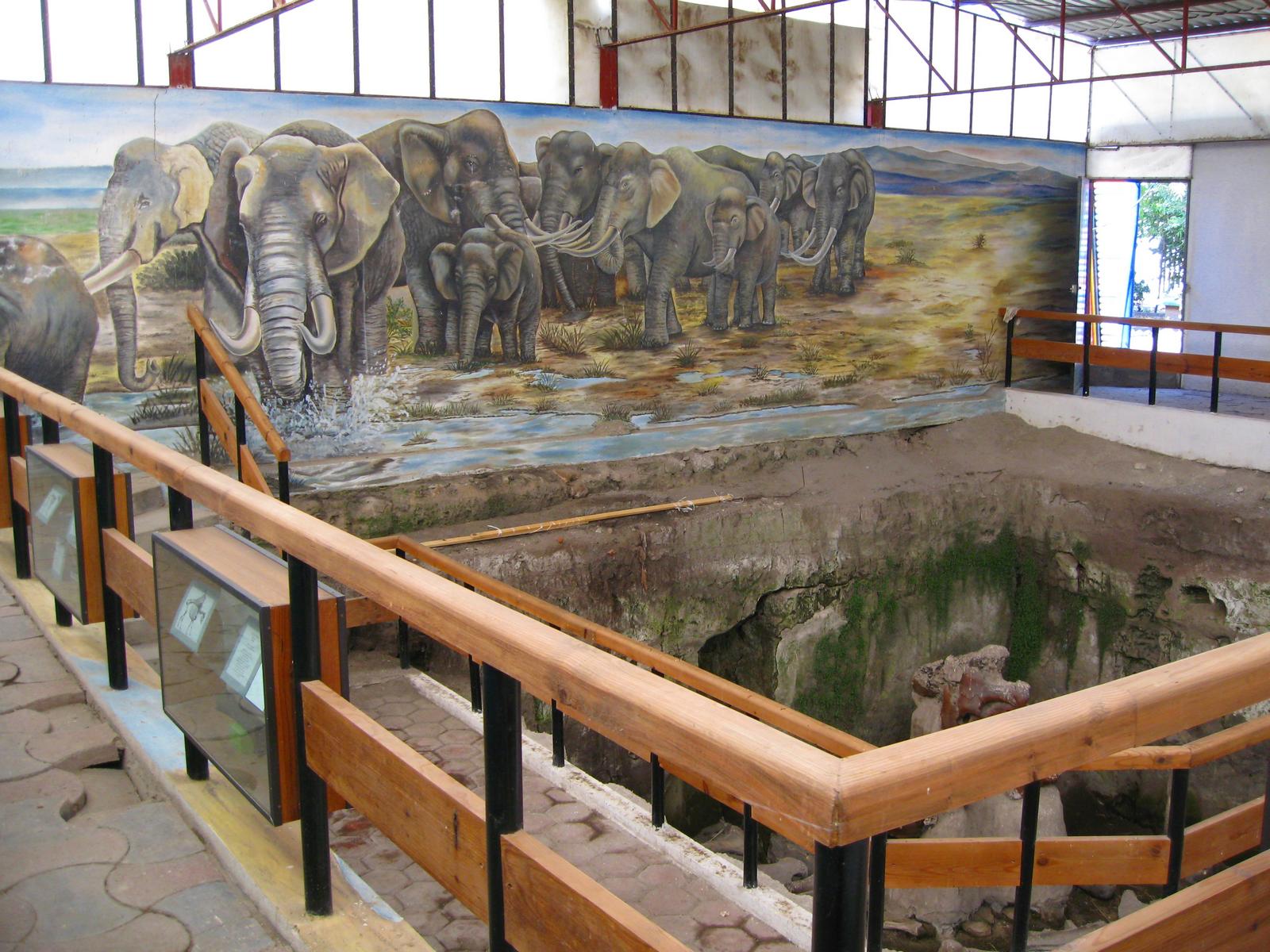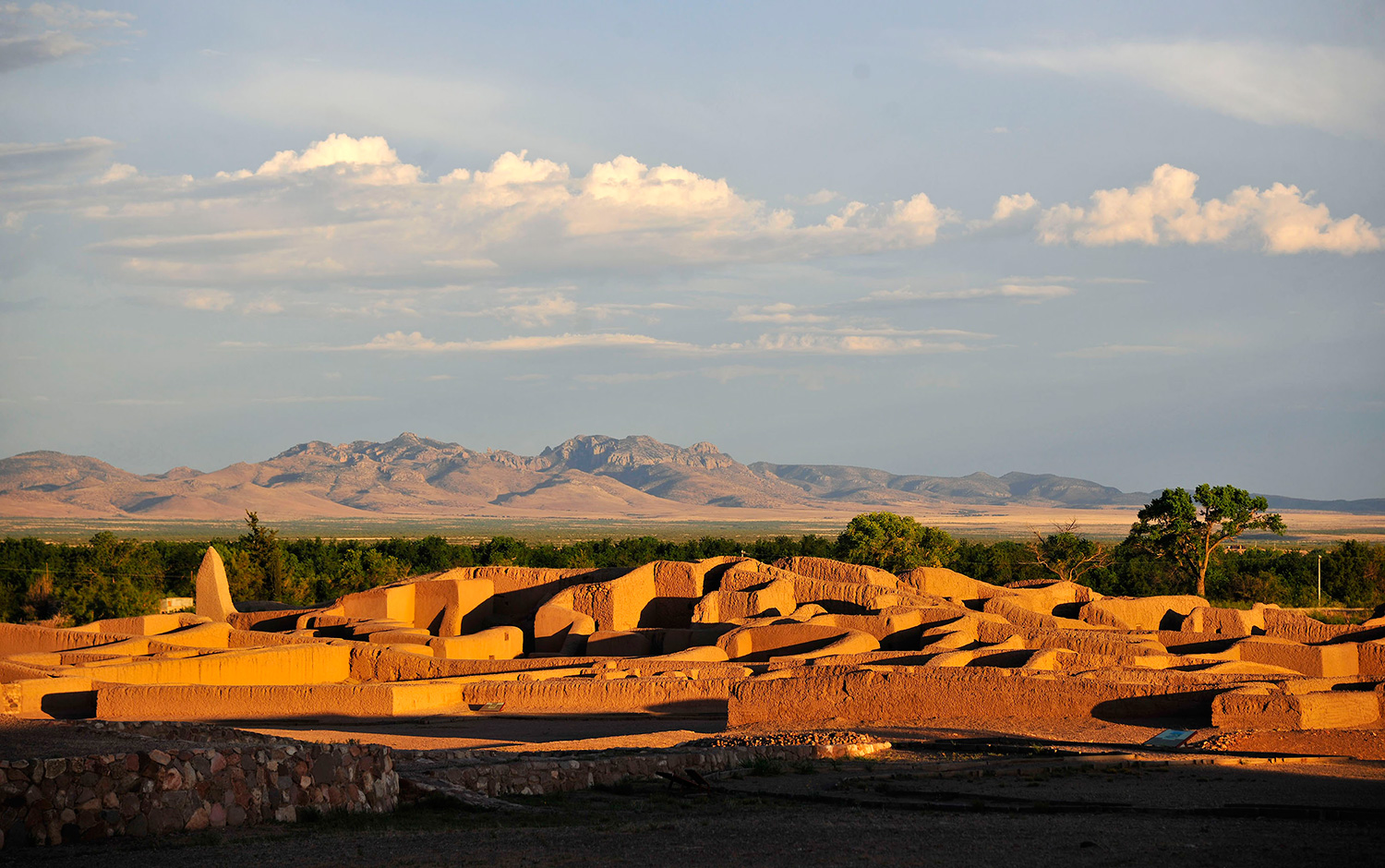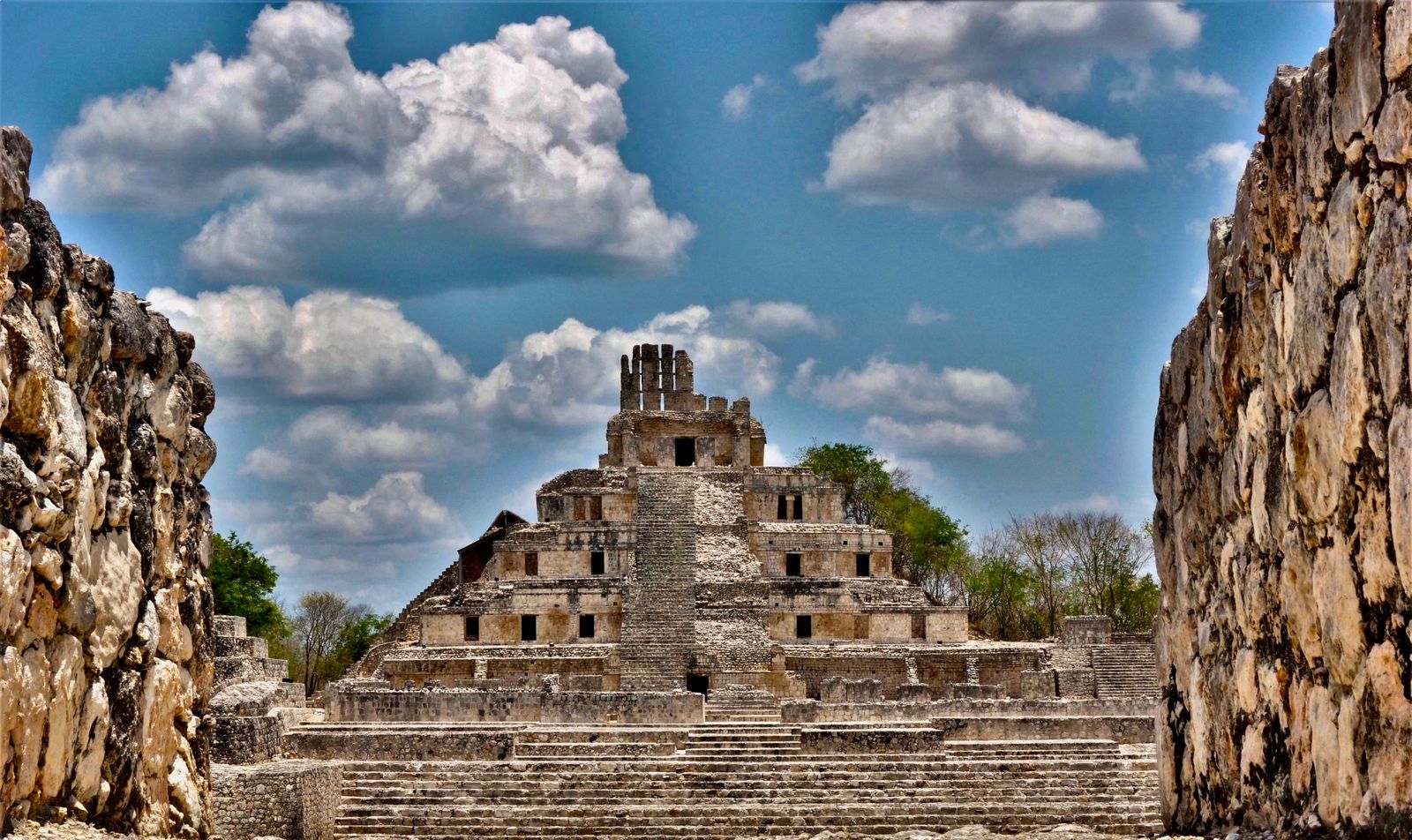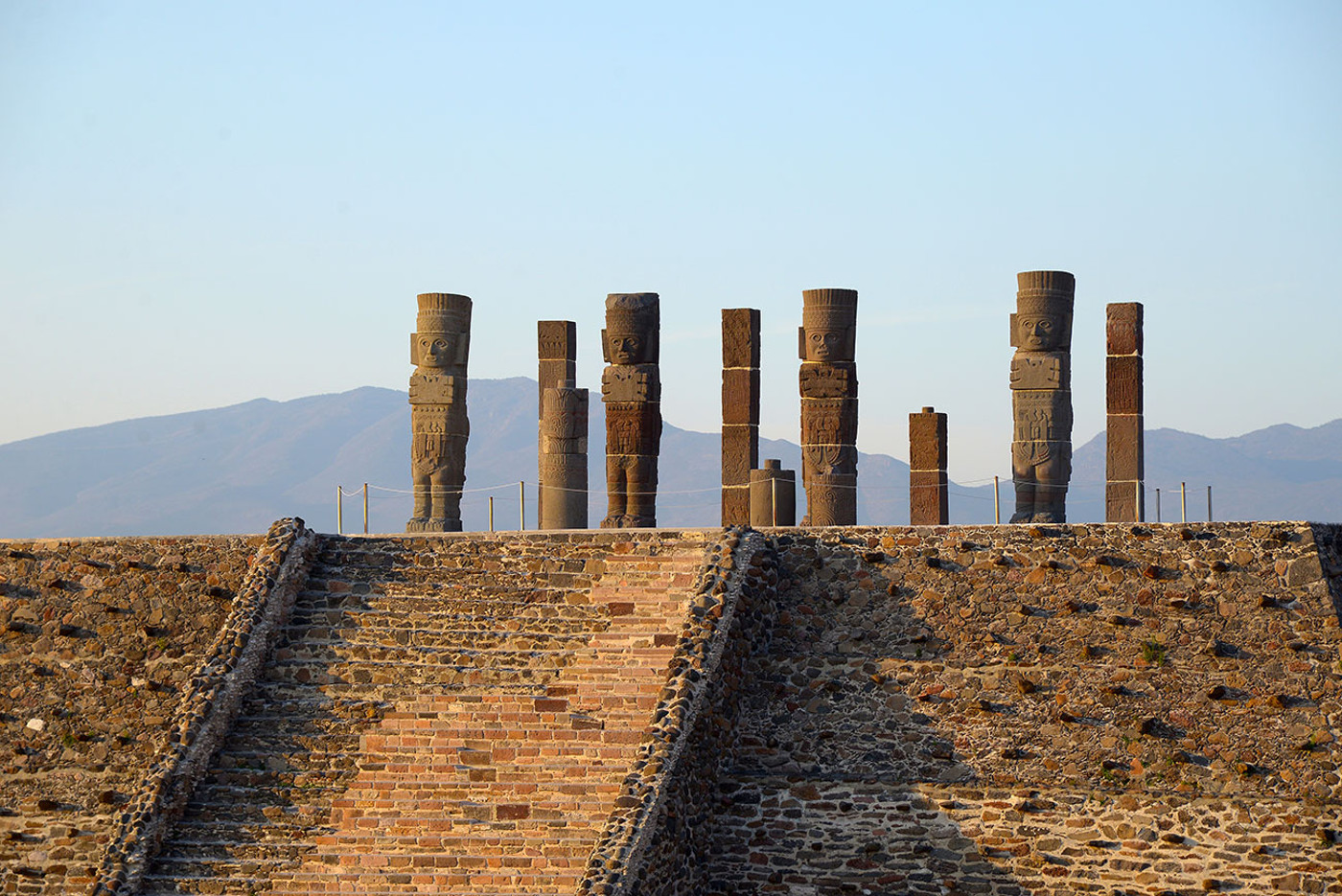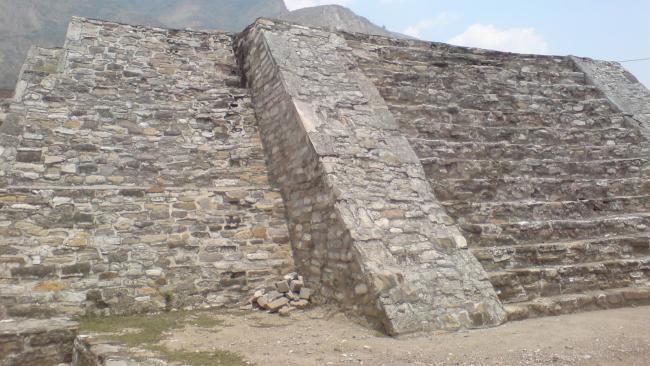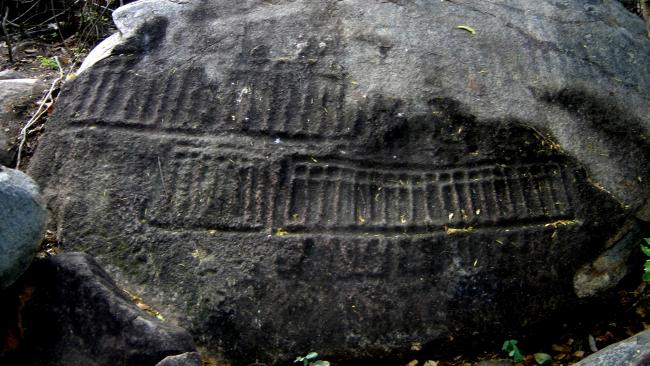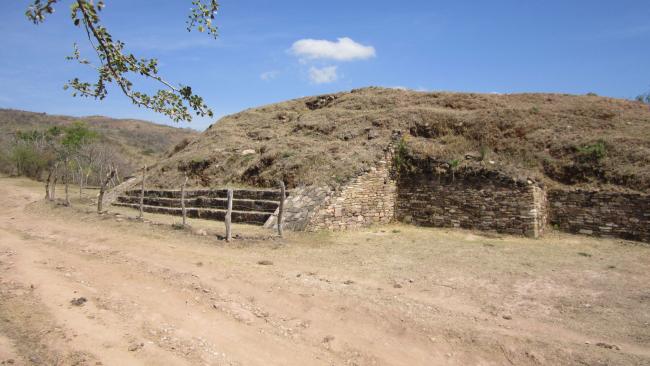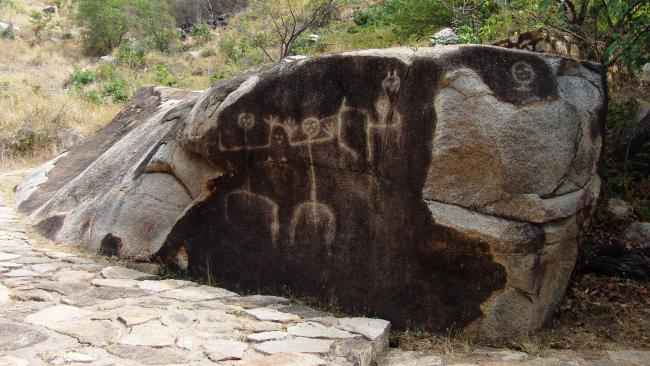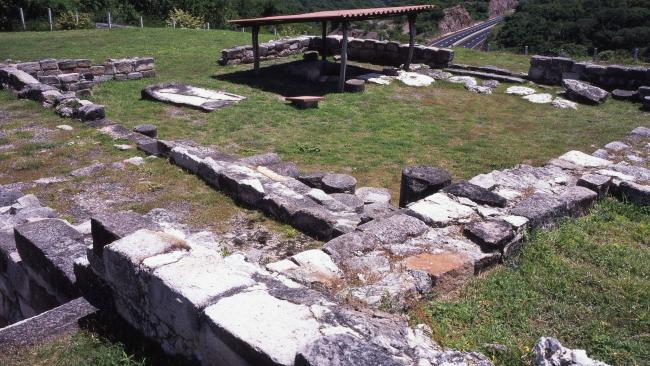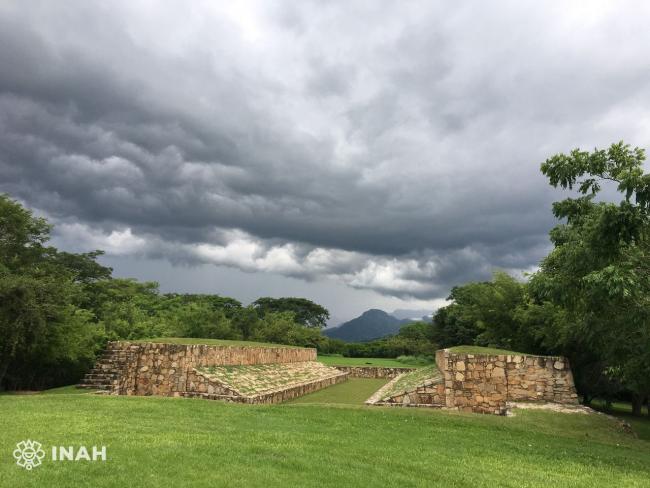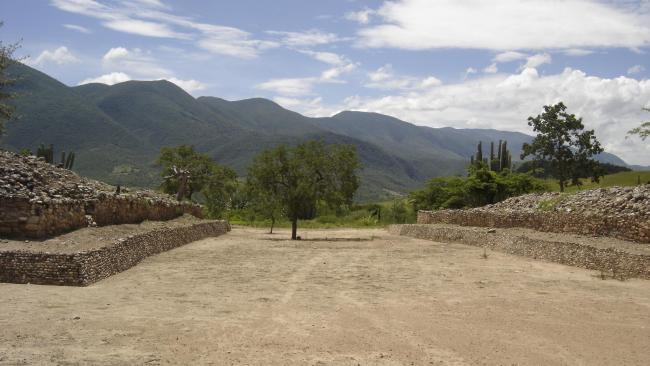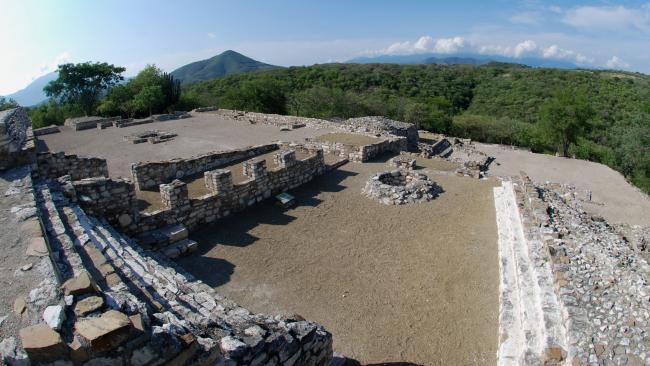
Zonas Arqueológicas
Huamuxtitlán
Inhabited by Tlapanec groups who maintained trading relations with the Mixtecs, the place was subjugated by Nezahualcoyotl and became a bastion of the Triple Alliance, as can be seen from its architecture and associated offerings, illustrating the warlike ideology of the peoples of central…
Ixcateopan
The Mexica conquered this town and turned it into an important trading and ceremonial center. This was the site where they accumulated and redistributed the tributes they received from the region. There are temples, rooms and open spaces with the remains of red stucco on the floor.
La Sabana
One of the largest settlements of the Costa Chica. In its first stage it covered present-day Acapulco, and in the second it extended to the foothills of the Cerro de la Bola, where 38 splendid stone carvings have been found with figures of animals, calendar counts and images of Tlaloc.
Los Tepoltzis
Its location on top of one of the hills close to the town of Tixtla leads us to believe that this small ceremonial center was dedicated to the rain god. The skill of its inhabitants in working stone is patent in the masks and figurines they left at this site.
Palma Sola
Ceremonial center of the ancient inhabitants (800 BC-750 AD) of the heights above Acapulco bay, in the state of Guerrero, with 18 impressive carved rocks depicting myths, personages, the natural environment, agricultural cults and the measurement of time.
Querende (Cuetlajuchitlán)
Inhabited for 900 years from 600 BC by Olmec and Mezcala culture people. It is constructed with long stone blocks forming plazas, places of worship and a water supply system. A modern highway was forced to go through a 160 foot deep tunnel to avoid damaging the site.
Soledad de Maciel
Built from river stones and adobe, this ancient city might once have been as important as Teotihuacan. 2,500 years ago it was the capital of the Costa Grande in the present-day state of Guerrero. Inhabited by Tomils, Cuitlatecs and Tepoztecs, it has a partially excavated ballcourt which could be…
Tehuacalco
Pyramids and palaces surround the great central plaza of this stately location that was never dominated by the Mexicas. Surrounded by hills that coincide with the points of the compass, the site reproduces the scheme of the pre-Hispanic universe. Its deities were the gods of fertility, the sun,…
Teopantecuanitlán
Unique settlement in the present-day state of Guerrero with monumental architecture bearing Olmec traces. It played a key role in the supply, manufacture and redistribution of luxury goods from the coast destined for the Valley of Mexico. It was inhabited for almost 800 years.
Xochipala
Famed for the mastery of its artisans who made extraordinary sculptures, masks, figures of animals and objects for rituals from jade and jadeite. It presents remarkable palace architecture and had the largest Mezcala culture population, in what is today the state of Guerrero.



